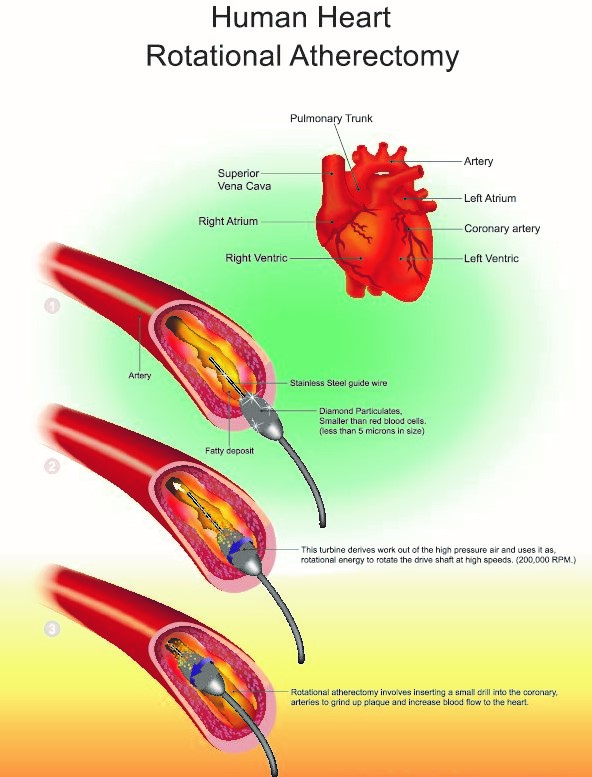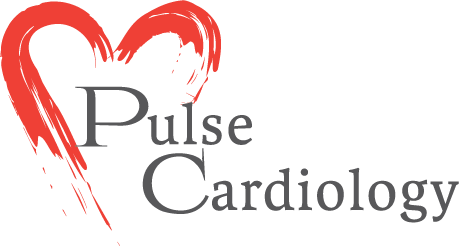What is Atherectomy, Risks, and Treatment
What is Atherectomy
Atherectomy is a procedure used to clear out clogged heart arteries. An atherectomy catheter has a hollow cylinder on the tip with an open window on one side and a balloon on the other. When the catheter is inserted into the narrowed artery, the balloon is inflated, pushing the window against the fatty matter clogging the vessel.
A blade (cutter) within the cylinder rotates and shaves off any fat that protrudes into the window. The shavings are caught in a chamber within the catheter and removed. This process is repeated as needed to allow better blood flow. In some cases, after the plaque is removed, a stent may be placed to keep the artery open.

Atherectomy is a minimally invasive procedure that is performed to treat people who have peripheral artery disease or coronary artery disease. Sometimes this procedure is also done on patients who already had an angioplasty done but they still have hard plaque blocking the free flow of blood. This procedure is for clearing away of plaque which builds up in the arteries. This build-up is known as atherosclerosis. Therefore, we can easily say that atherectomy is the treatment for atherosclerosis.
Risks of Atherectomy Procedures
Although it is a minimum evasive surgery but like all procedures, there are some risks. For example, the risk of bleeding during the process or the plaque which is cut off during the process gets lodged in smaller arteries and damage the heart tissue. This can lead to closing off the artery and require emergency bypass surgery. However, these complications rarely occur so the risks are very low.
The major reason why atherectomy is done is for the removal of the plaque from the arteries. This plaque formation happens because of unhealthy eating habits and poor lifestyle, which leads to increased cholesterol. The excessive cholesterol build up inside the arteries can cause blockage. Other habits, such as smoking and excessive drinking can also lead to this condition.
Treatment of Atherectomy
Although the atherectomy procedure and recovery is very fast but care needs to be taken after the surgery. One has to lie flat for a while since groin is used as an entry site for the procedure. The check has to be kept on the entry side to make sure no bleeding happens. In other cases, people may develop swelling or pain at this entry point. One has to drink a lot of fluids in order to flush out the bad material from the body. Moreover, blood thinners can be prescribed to manage the blooding clotting.
In conclusion, the advancement of medicine, procedures are relatively safe and have fast recovery. However, it is always important to take preventive measures and lead a healthy lifestyle in order to avoid serious heart-related issues.
